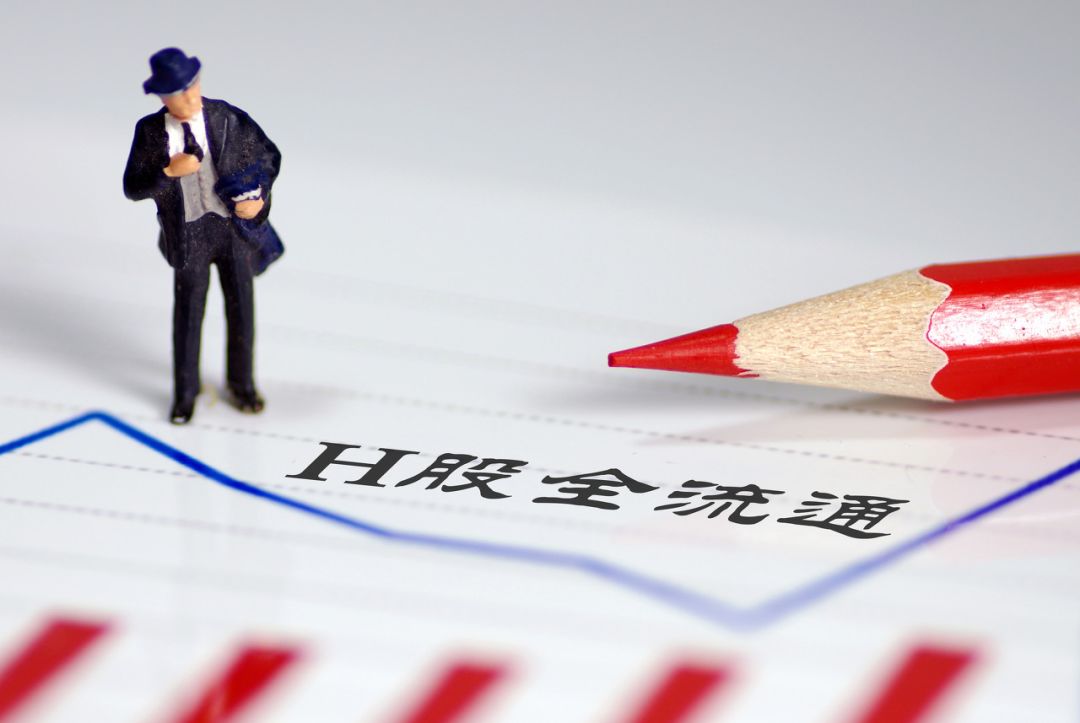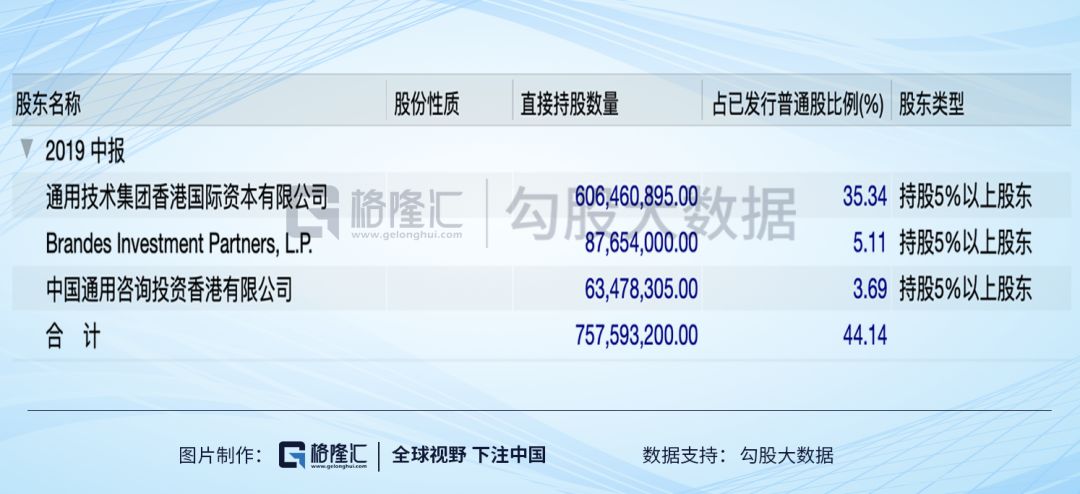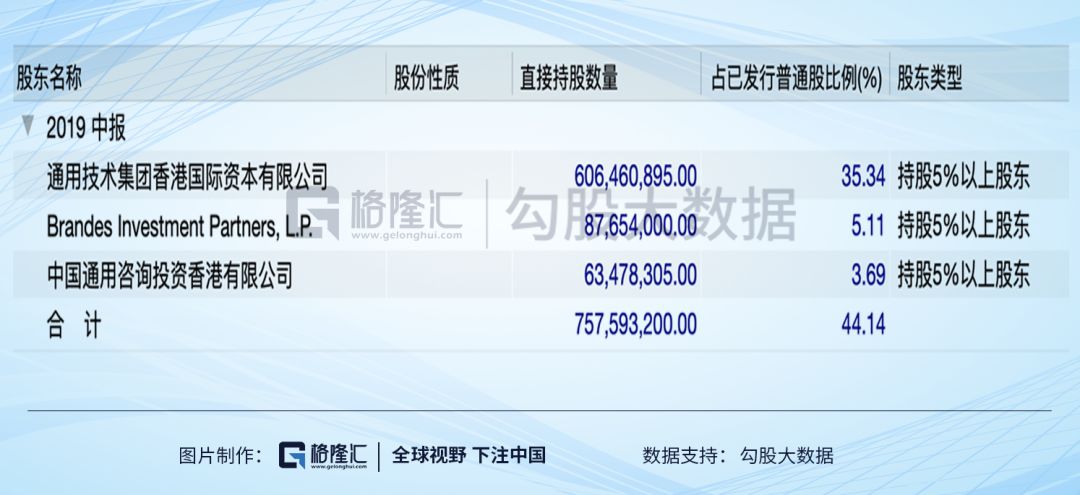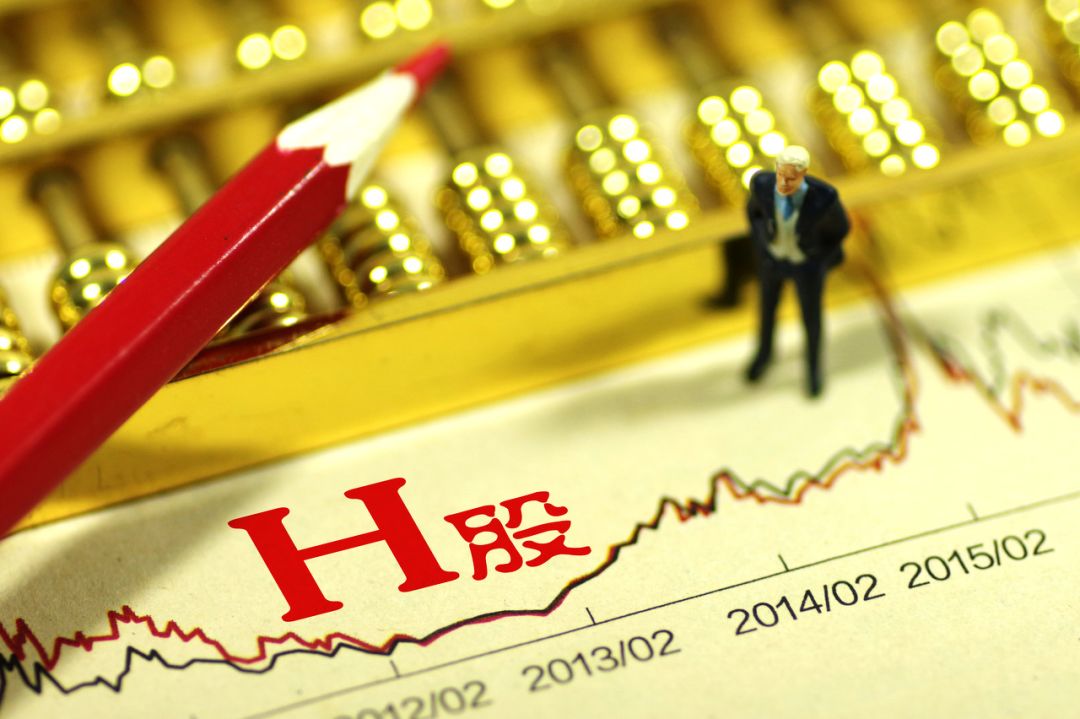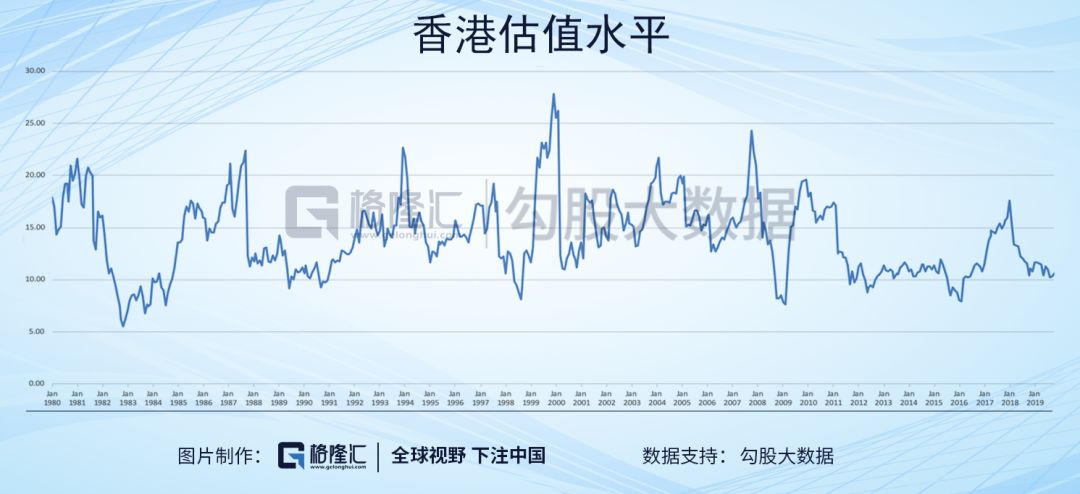There are huge overall strategic opportunities for Hong Kong stocks.
Editor’s note: This article is from the WeChat public account “Glonghui” (ID: Hkstocks), author Han Yangshu.
The current dilemma of Hong Kong, not to mention much, so that Hong Kong’s China positioning has also been challenged as never before.
In this situation, the sad reminder of Hong Kong stocks this year, the comparison is that the three major indexes of US stocks last night hit a record high, although A shares lost 2900, this year’s increase is also considerable, independent stocks, a few Nearly fell into zero gains. This week, Hong Kong stocks fell by nearly 5 points. This week, they fell 5 or 6 points in a single week. The Hong Kong stocks have become quite common.
How is Hong Kong really going to be abandon?
There is only one and a half months left in 2019. At this sensitive time, the CSRC lost a heavy news yesterday: with the approval of the State Council, the CSRC is now fully promoting the H-shares. “reform.
The attitude of the organization to Hong Kong can be seen here.
Looking at Hong Kong stocks and investing in Hong Kong stocks, the most important underlying logic is one and only one: I firmly believe that the organization wants to do a good job in Hong Kong.
What is the full circulation of H shares
Why is the H-share circulation reform related to doing a good job in Hong Kong? It is necessary to clarify what is the “full circulation” of H shares.
Let’s go back and figure out what H shares are. According to the Hong Kong Stock Exchange Listing Rules, the definition of several nouns is:
“domesticshares” means domestic stocks issued by Chinese issuers under Chinese law, denominated in Renminbi and subscribed in Renminbi. “”foreign shares”” (foreign shares) means a stock issued by a Chinese issuer under the laws of the PRC, which is denominated in Renminbi and subscribed in a currency other than Renminbi. “Hshares” means overseas listed foreign shares listed on the Exchange.
Generally speaking, Hong Kong stocks refer to all stocks listed on the Hong Kong Stock Exchange. H-shares are also called state-owned shares (here, domestic enterprises, not state-owned enterprises). They are approved by the China Securities Regulatory Commission and registered in the Mainland and listed on the Hong Kong market for foreign investors to subscribe and trade stocks. H-shares are named for the Hong Kong English name HongKong.
In the normal stocks of H-share listings, only foreign shares are circulated on the Hong Kong Stock Exchange. Domestic shares cannot be circulated on the Hong Kong Stock Exchange. They can only be invested in Chinese legal persons or natural persons and qualified foreign institutions. Transfer between a person or a strategic investor.
Translating in vernacular is the company listed on the H-share structure. The shares of major shareholders cannot be circulated in the secondary market.
In the first day, H-shares are basically not subject to the pressure of major shareholders to reduce their holdings. However, another meaning is that the major shareholder also has little motivation to care about the stock price and market value…Because the stock price rises to the sky, he can’t sell it.
For example, Jinjiang Capital (2006.HK), the largest shareholder is Jinjiang International (Group) Co., Ltd., which accounts for 75% of the shares. This part of the shares is not tradable.
So Jinjiang Capital sees the total market value. After a big wave of decline, there is still a market value of 6.6 billion. It is reasonable to say that it can enter Hong Kong stocks, but in fact its circulation market value is only 1.4 billion, it will not enter.
Another way for domestic companies to list in Hong Kong is the “red-chip model”, which refers to domestic companies’ domestic assets/equity and equity/asset acquisition or agreement control (VIE). The form is transferred to an offshore company registered overseas, and then the offshore company is used to hold domestic assets or equity, and then applied for the listing mode of listing on the Hong Kong Stock Exchange in the name of an offshore company registered overseas.
For example: Global Medical (02666.HK), the major shareholder is the central enterprise China General Technology Group, found no, no domestic shares, all shares are tradable.
The meaning of full circulation?
Comparing the H-share structure and the red-chip structure, one can find an important difference between the two: The domestic stocks have no liquidity, and the major shareholders can reduce their holdings.
This leads to the fact that the IPO under the existing H-share structure is actually a half-hook IPO.
IPO means to the business:
1, financing, support enterprise development. 2. Cash out and cash in corporate value.
And Under the existing H-share structure, because domestic shares cannot be sold, IPOs have only financing functions and no cash-out features.
Therefore, the basic majority shareholder of the domestic companies listed on the H-share structure is unable to obtain any benefit from the stock price, because there is no reduction, no equity pledge (poor liquidity), but will be listed back and forth. Building an A+H platform has advantages. Therefore, every company listed on the H-share structure has a heart that returns to the A-share market, which inevitably exacerbates the problem of A-share IPO traffic jams.
Because of the lack of liquidity of domestic stocks, major shareholders are unable to obtain any gains on the stock price, and regardless of the reduction, even the pledge of the A shares is not easy to operate. Therefore, the major shareholders of domestic stocks will turn their minds on asset projects, so that there is a huge conflict of interest between the tradable shareholders and the non-tradable shareholders. These conflicts have been unveiled in many domestic stock companies, and it is not convenient to name them here…
Visible,Under the H-share framework, either the major shareholder does nothing or does bad things.
This will naturally lead to a result. The valuation of domestic stock structure companies is generally low, and the privatization of Wanda’s commercial privatization back to A shares is 嘘…
The result of this further is that a large sector of Hong Kong stocks is as silent as a zombie, which is one of the reasons why Hong Kong stock liquidity has been criticized.
So,H shares are fully circulated. To put it plainly, it is to allow the stocks of major shareholders to be circulated in the market, that is, to realize a real IPO.
On the surface, it is an increase in stock supply and a negative for stock prices. However, the deeper impact is that after full circulation, the stock price is closely related to the major shareholder, and the company’s performance is well done. The company’s value is amplified by the price-earnings ratio, and then the stock is cashed.To embezzle assets is not only bright and fair, but also much more profitable. This can have an immediate impact on the return of corporate value.
This can greatly stimulate the vitality of the H-share sector.
In the past few years, Hong Kong Stock Connect has activated the vitality of small and medium-sized stocks. The market has seen that full circulation is equivalent to re-initiating another quiet sector, which will greatly promote the active market of Hong Kong stocks.
For the old drivers of A shares, many people may think of a similar story of A shares. That’s right, it’s A share split reform in 2005.
Historical references
Reviewing the prosperous share-trading reform of A-shares from 2005 to 2007, since the conflict of interests between non-tradable shareholders and tradable shareholders was clarified, a wave of greatness that cannot be surpassed has been launched. Quotes, review period advancement path:
On April 29, 2005, with the approval of the State Council, the China Securities Regulatory Commission issued the Notice on Relevant Issues Concerning the Pilot Reform of the Share Separation Reform of Listed Companies, and initiated the pilot work of the share-trading reform. After two batches of pilot projects, we have gained certain experience and have the basis and conditions for moving forward actively and steadily. On August 23, 2005, with the approval of the State Council, the China Securities Regulatory Commission, the State-owned Assets Supervision and Administration Commission, the Ministry of Finance, the People’s Bank of China, and the Ministry of Commerce jointly issued the Guiding Opinions on the Reform of the Share Separation of Listed Companies. On September 4, 2005, China The CSRC issued the “Administrative Measures on the Share Separation Reform of Listed Companies”, and China’s share-trading reform has entered a comprehensive roll-out stage.
This share-trading reform has solved the historical legacy of non-tradable shares of A-shares in a one-off process. From the pilot to the spread to the rapid spread, it has stimulated the enthusiasm of the people at all levels to engage in activities and become rich. The interests of shareholders are highly consistent, which has spawned a wave of big marketes that have never come before.
Therefore, H shares, as an important part of Hong Kong stocks, must have a huge impact on the market. It can be seen that the path of H shares is also the same:
On December 29, 2017, the CSRC announced the launch of the “full circulation” pilot of H-share listed companies.More than three will follow the “mature one, launch one” orderly approach. On April 20, 2018, the CSRC approved the application of Legend Holdings to achieve the “full circulation” pilot. On May 7, 2018, the CSRC approved the application for the “full circulation” pilot of AVIC Science and Technology. On July 10, 2018, the CSRC approved the application for the “full circulation” pilot of Weigao. Yesterday, the CSRC issued the “Guidelines for the “Full Circulation” of the Application for Unlisted Shares in H Shares”, and the H-share circulation reform entered a comprehensive roll-out stage.
As in the A share share reform in 2005, this is good for Hong Kong stocks and good for Hong Kong.
Of course, this time point is more sensitive, and the choice of time window is obviously not optimal. H-shares cannot be fully circulated, resulting in this sector having been a deformed interest-split market. Over the years, it has been continuously circulating, but under various scruples, it has led to many missed opportunities. There have been countless good opportunities for full circulation, but I did not expect it to be launched at such a time.
But the window selection is just a tactical trick. There is no problem in the general direction of the strategy. For the various reasons, the valuation of the Hong Kong stocks in the previous period was pushed to the lowest level in history, and the return of the average value is inevitable.
How to invest in full circulation
The organization’s strategy of doing a good job in Hong Kong has been confirmed, and the interests of full circulation have also been clarified. The next step is the issue of playing.
Obviously, the simplest and most rude logic is the HKEx (388.HK). Full circulation itself enhances liquidity, which is directly beneficial. The CSRC has launched full circulation at this moment, which also shows that Hong Kong is not abandoning. As the location of Hong Kong as an international financial center, it has become more and more effective. It carries the burden of limited openness and will become better and better as a hub. As a pumper of the casino, the Hong Kong Stock Exchange (388.HK) said that my home is always open!
The second concern is the H shares of Hong Kong stocks with a market capitalization of more than 1 billion without A shares. As of November 15, 2019, there were 280 H shares in the Hong Kong stock market with a total market capitalization of HK$23 trillion. There are 116 A+H shares, that is, there are still 164. These targets need to be closely watched.
On the entire Hong Kong stock marketIn terms of The current valuation has been pushed to the lowest level in history, and the return of valuation is inevitable. Coupled with the meaning of this full circulation release, Hong Kong stocks have huge overall strategic opportunities.
